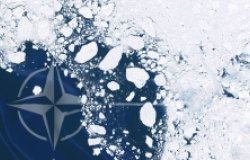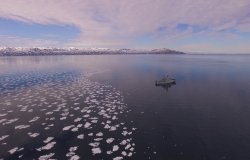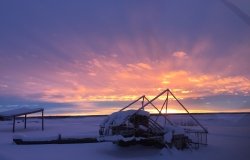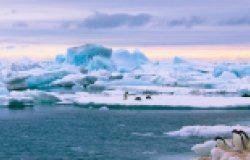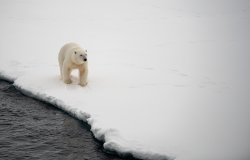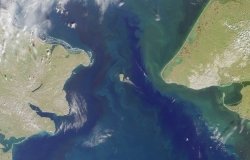
A blog of the Polar Institute
No. 24 | The Death of an Alaskan Polar Bear from Avian Influenza is a Reminder of the Value of the One Health Approach for the Arctic
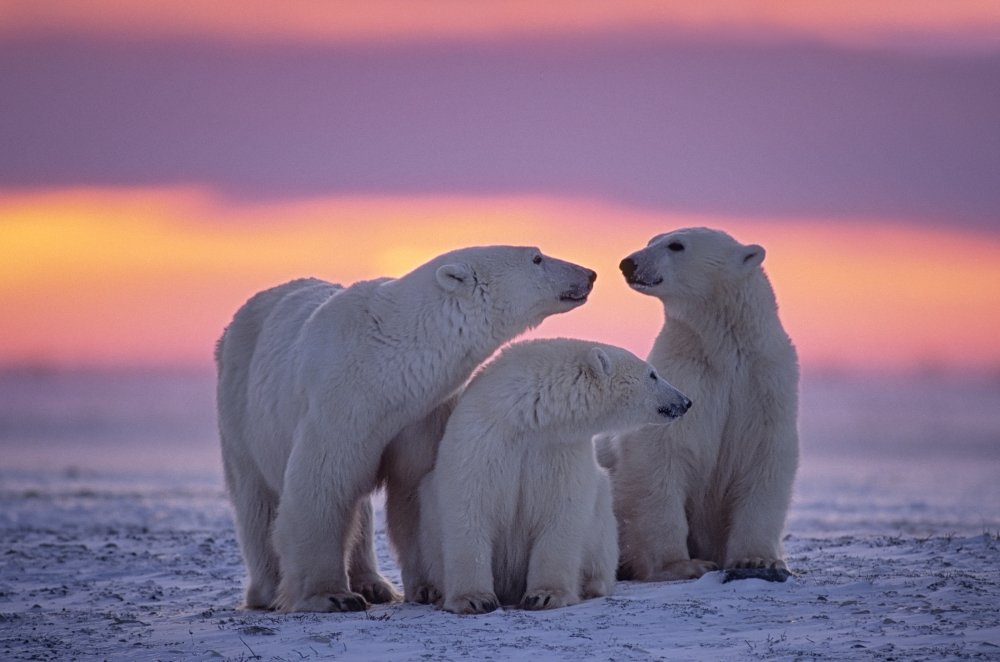
Shutterstock
It’s not like the world needed another reminder of the seriousness of highly pathogenic avian influenza. Recent estimates from the U.S. Centers for Disease Control and Prevention note that in the U.S. alone, over 81 million domestic poultry in 47 states have been affected by the disease and over 8,600 wild birds infected with this strain have been detected. Avian influenza played a significant role in the 2023 spike in U.S. egg prices, and according to a report by the agricultural investor group FAIRR, economic losses in the United States from this disease have been between $2.5 and $3 billion.
While no reminder was necessary, the Arctic world received one when State of Alaska officials announced in December that a polar bear found dead in the state’s North Slope region was infected with H5N1, likely contracted by consuming a bird that had succumbed to the disease.
This was far from the first case of avian influenza to hit one of the Arctic States, and far from the first time the disease has infected a mammal. Norway and Sweden have reported cases in domestic and wild bird populations and last year Finnish authorities ordered a cull of 50,000 mink and fox due to avian flu.
These facts notwithstanding, the death of a polar bear – an icon of the Arctic, and itself a threatened species due to reductions in its sea ice habitat – hits hard. Sadly, since polar bears spend more and more time on land, and birds, including infected birds, could make up more of their diet, experts note that this polar bear likely won't be the last to perish due to avian flu.
Since viruses don’t observe national borders or species boundaries, our best hope to understand and to address the threats they pose is through a coordinated interdisciplinary effort, together with our Arctic partners, that begins and ends with the understanding that human health, animal health and environmental conditions are linked at their very core, the One Health approach.
Fortunately the Arctic Council has led efforts through two of its working groups that position the Arctic region well both to understand and to respond to the threat caused by avian influenza.
If the mapping of the flyways of wild birds conducted under the auspices of the Arctic Migratory Birds Initiative (AMBI) in the Arctic Council’s Conservation of Arctic Flora and Fauna (CAFF) working group may once have looked solely like an effort in biological scholarship and conservation, we now understand that this work has provided us valuable data on potential vectors of transmission of a dangerous pathogen.
While AMBI helps us to understand how avian influenza might reach the Arctic, or spread from the Arctic to temperate zones where Arctic birds winter, then the Sustainable Development Working Group (SDWG), under the rubric of the One Arctic, One Health project, helps put Arctic states and communities in a better position to respond.
One Arctic, One Health has been the leading effort to apply the One Health approach to the conditions of the Arctic. It has been active for roughly a decade and is currently in its third project cycle, with the United States, Canada, the Kingdom of Denmark, Finland and Norway as co-leads.
The effort has included tabletop exercises like one conducted in Tromso, Norway in 2022 co-sponsored by the University of Tromso and the U.S. Department of State that explicitly included zoonotic avian influenza in its simulation and was designed to build contacts between and resilience among public health, animal health and environmental science professionals throughout the Arctic.
One Arctic, One Health has also brought to life the interdisciplinary nature of the One Health approach through several scientific conferences that gathered public health, veterinary medicine and environmental science practitioners together with community leaders, students and others to share knowledge on the interconnectedness of human health, animal health and ecosystems.
Last year’s conference, One Health, One Future hosted in February 2023 by the University of Alaska-Fairbanks’ Center for One Health Research and co-sponsored by the U.S. Department of State and others, had as a central theme how changing climate impacts food security, particularly for the Arctic’s Indigenous.
This year’s conference, OneHealth: Arctic Indigenous Voices and Perspectives was hosted by the Qaujigiartiit Health Research Center February 1-2 in Iqaluit, Nunavut, Canada, and even more explicitly “elevated Indigenous perspectives on One Health research and holistic models for human-animal-environment interactions.” This conference’s approach is fully consistent with the Norwegian Chair’s emphasis on people of the North as well as similar statements by Canada and the United States on the role of indigenous knowledge in policy formation. The U.S. Department of State co-sponsored this year’s meeting and State Department Science Envoy Christine Kreuder Johnson took part.
Just a few years removed from the teeth of the COVID pandemic, the seriousness of disease vectors that cross from birds to mammals, like avian influenza, is wasted on no one. While the threat is serious, it is good to know that cooperative international efforts, like the Arctic Council’s One Arctic, One Health project, continue to work to position the Arctic to understand and address these threats in all of their complexity and interconnectedness.
The views expressed here are those of the author, and do not necessarily reflect the views of the U.S. Department of State.
About the Author
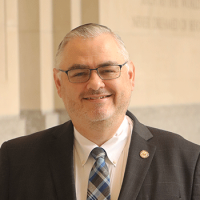
Louis Crishock
Senior Foreign Service Officer, U.S. Department of State

Polar Institute
Since its inception in 2017, the Polar Institute has become a premier forum for discussion and policy analysis of Arctic and Antarctic issues, and is known in Washington, DC and elsewhere as the Arctic Public Square. The Institute holistically studies the central policy issues facing these regions—with an emphasis on Arctic governance, climate change, economic development, scientific research, security, and Indigenous communities—and communicates trusted analysis to policymakers and other stakeholders. Read more
